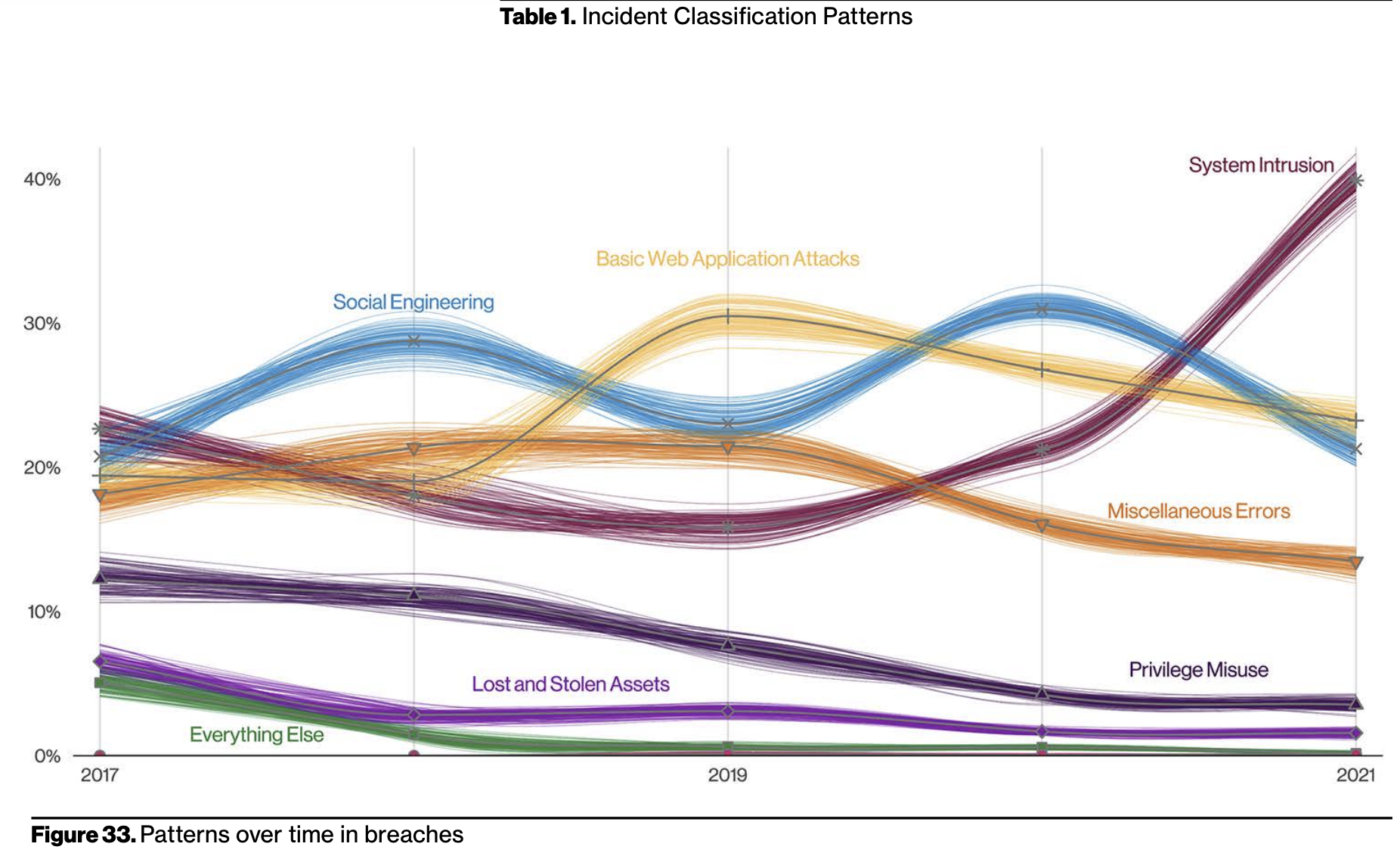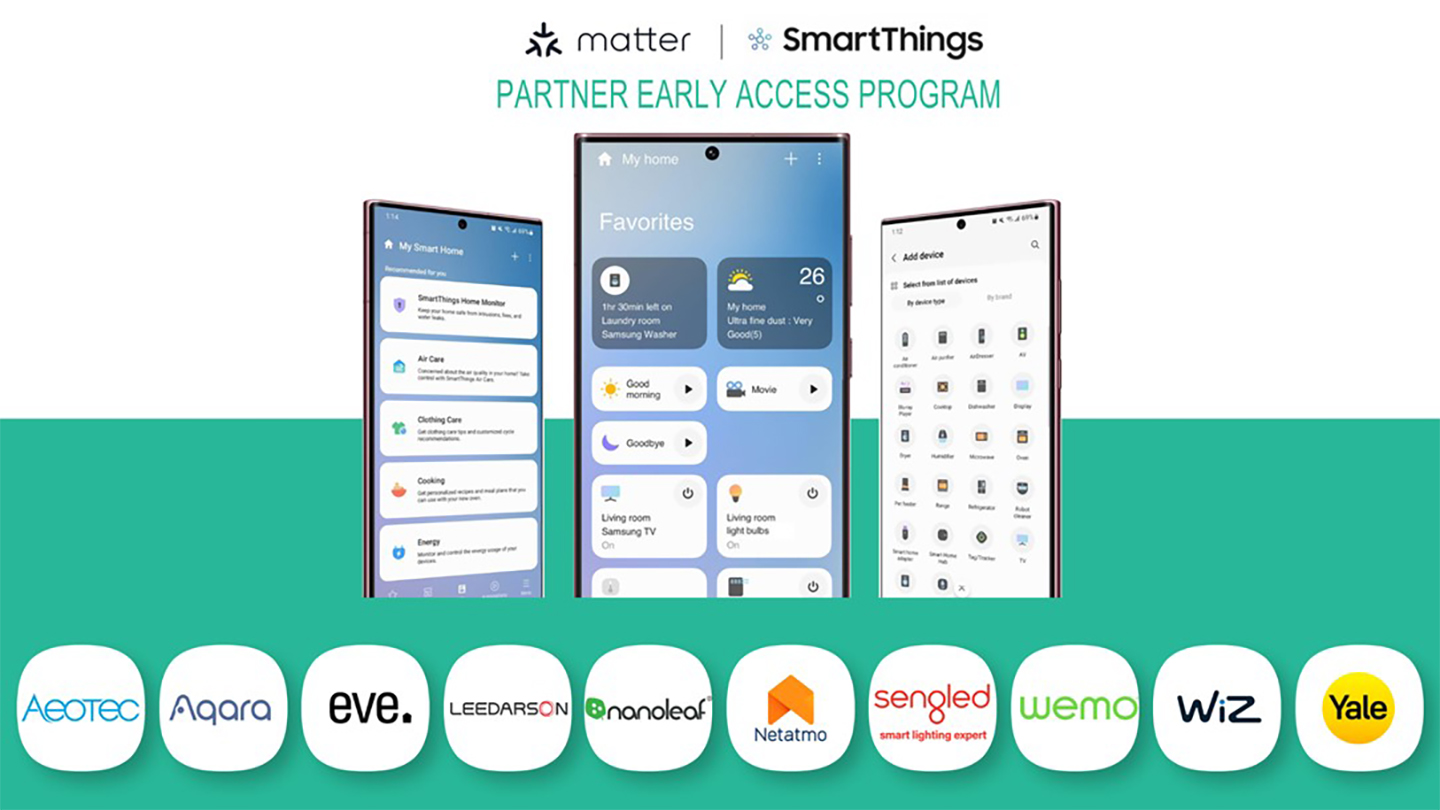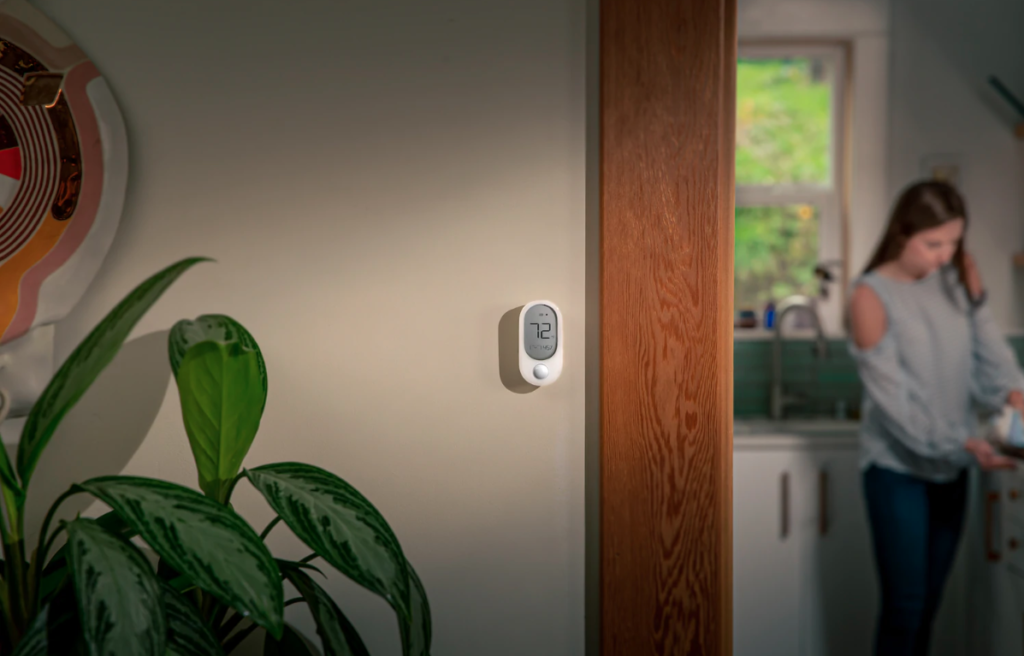Our focus is on the Matter smart home interoperability protocol this week, specifically some of the security requirements that will be associated with the standard. I moderated a panel on Tuesday where we learned a lot about plans for security, controllers, provisioning, and how companies such as Amazon and Google plan to keep Matter devices working within their respective ecosystems. We also talk about IKEA’s upcoming smart home hub and what that might mean for existing Tradfri hubs. In the enterprise world, we cover Nokia’s plan to release 5G-capable devices to help drive adoption of private 5G and 5G networks in commercial settings, Verizon’s new Data Breach Investigation Report and edge-computing capabilities coming to the world of industrial robotics. We also answer a listener question about the future of motion sensors in the home.

Our guest this week is Jonathan Beri, CEO and founder of Golioth, a hardware platform for IoT. We discuss his history at Google/Nest and Particle to discover why he thought the IoT world needs a platform like Golioth. From there we talk about choosing a real-time operating system, how companies can adapt to the continued chip shortage, and ideal networking platforms for the IoT. Surprisingly, he’s seeing a lot of interest in Thread for industrial clients. He shares a lot of practical advice for companies trying to optimize their IoT hardware, so if you’re building products, this is a good interview. Enjoy the show.
Hosts: Stacey Higginbotham and Kevin Tofel
Guest: Jonathan Beri, CEO and founder of Golioth
Sponsors: LoRaWAN World Expo and InfluxData
- How Matter will handle security for devices
- IKEA’s new hub should be Matter-compliant
- Verizon finds that 82% of cyber attacks have a human element
- How to decide the best RTOS for your IoT device
- How to think about redesigning your hardware during the chip shortage
The post Episode 373: Matter’s security details explained appeared first on IoT Podcast - Internet of Things.



